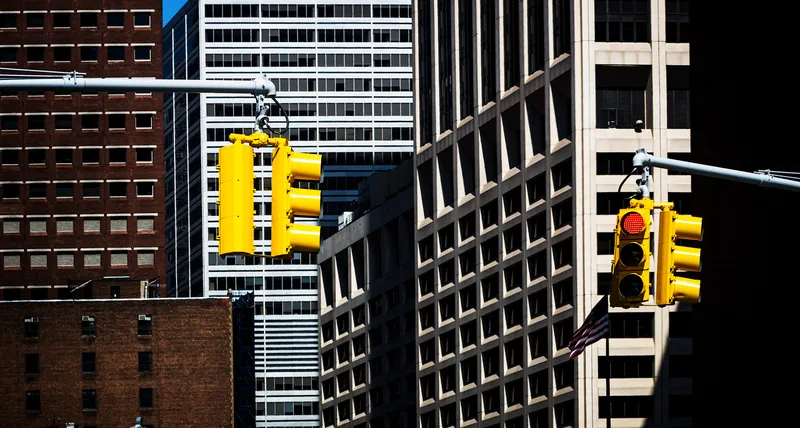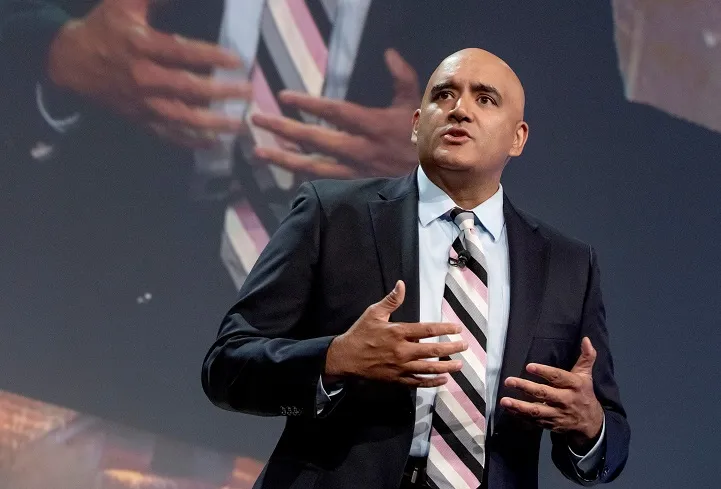
The US Federal Highway Administration (FHWA)'s 11th edition of the Manual on Uniform Traffic Control Devices for Streets and Highways (MUTCD) "gives greater consideration to all road users", says FHWA administrator Shailen Bhatt.
Used by traffic engineers, and last updated in 2009, it is the US national standard for traffic signs, signals and pavement markings to ensure a "uniform and predictable environment" for people who walk, bike and drive.
Incorporating what FHWA calls "extensive input" from the public, the new edition includes pedestrian safety enhancements such as more visible rectangular rapid-flashing beacon and crosswalk marking patterns.
It also "reflects changes in how Americans travel" over the last 14 years, but FHWA insists it is not prescriptive: "The MUTCD does not restrict communities from designing walkable, transit-oriented roadways or high-speed highways as that community determines appropriate to serve its needs."
"Rather, the MUTCD is about directly communicating with the road user, in an effective manner, about how the roadway is intended to be used in the context and constraints of its physical space, design features, and surrounding environment."
But it says that, if a community decides to provide bike lanes or a designated pedestrian area separated from vehicles, "the MUTCD gives the community the traffic control devices to communicate that to all road users safely and effectively".
“It has been over a decade since the MUTCD was last updated and a lot has changed in that time,” says Bhatt. “The new MUTCD gives greater consideration to all road users, who deserve to be safe when travelling on our streets and roads. It will also help improve the public’s travel experience whether driving on an Interstate or crossing the street in cities and towns across America.”
FHWA says the guide streamlines processes and makes permanent a number of traffic control device applications that previously required special approval, as well as supporting US Department of Transportation's National Roadway Safety Strategy.
The Bipartisan Infrastructure Law now requires updates to the MUTCD every four years.
US transportation secretary Pete Buttigieg says: “With this long-awaited update to the MUTCD, we are helping our state and local partners make it safer to walk, bike, and drive, and embracing new technologies with the potential to make our transportation system safer and more efficient.”
Deputy secretary Polly Trottenberg says: “We look forward to ongoing engagement and partnership with the transportation community so that the MUTCD becomes a living document which enables communities to embrace the designs and technologies that best serve their needs.”
Traffic engineers and traffic control device technicians were consulted on the new edition, and FHWA will host webinars and post online videos to explain the updates.
FHWA says it is developing new and updated online tools, such as an improved database of official rulings, guidelines for developing experimentation plans, and a series of educational videos about the MUTCD and how its content is developed.










